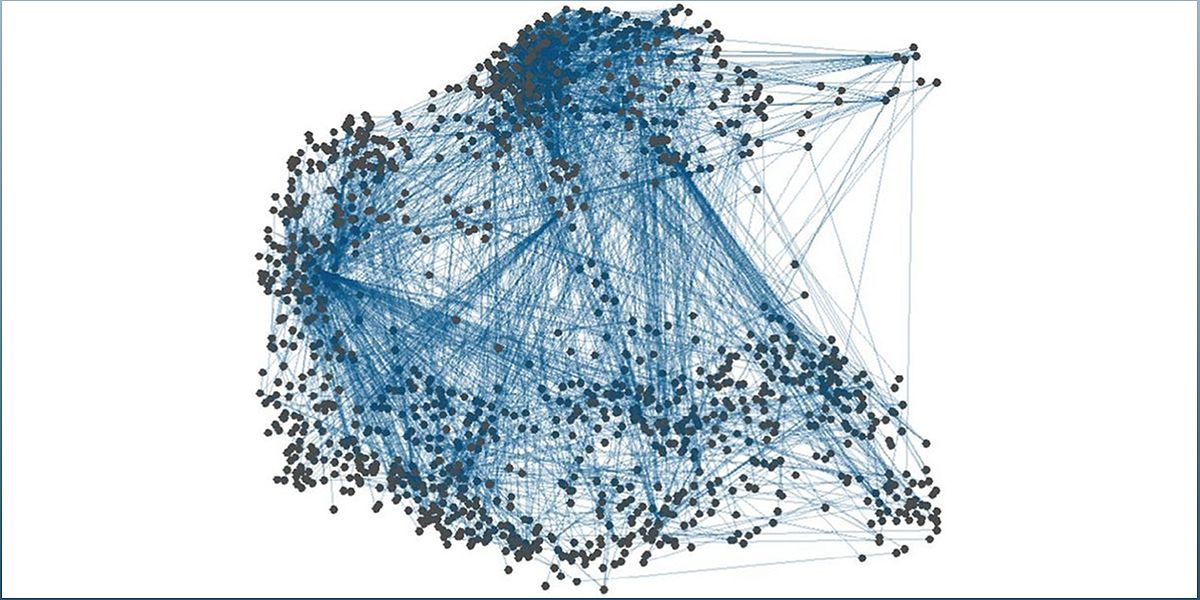Recent advances in brain mapping technologies have revealed unexpected similarities in the neural connections of different animals. By comparing connectomes, scientists have identified persistent connectivity patterns and discovered that heavy-tailed statistics play a crucial role. These findings provide insights into the design of advanced neuromorphic electronics that aim to replicate the computational power and efficiency of the brain. Join us on this journey of discovery as we explore the fascinating world of connectomes and their potential impact on future technology.
Discovering Surprising Similarities
Recent advancements in brain mapping technologies have allowed scientists to delve into the intricate workings of the brain across various species. By comparing connectomes, which are the neural connection maps, researchers have made a surprising discovery - there are remarkable similarities between different animals.
These connectomes, also known as brain wiring diagrams, provide valuable insights into the structure and function of the brain. They offer a window into the intricate network of neurons and the complex patterns of connectivity that underlie brain activity.
These findings challenge the conventional belief that each species has a unique neural architecture. Instead, they suggest that there may be fundamental principles of neural organization that transcend different scales of life. Understanding these similarities can have profound implications for the development of advanced neuromorphic electronics that aim to mimic the computational power and efficiency of the brain.
Unraveling the Heavy-Tailed Statistics
One intriguing aspect of the connectomes is the presence of heavy-tailed statistics. This statistical phenomenon reveals that while most connections between neurons are weak, there are a few connections that are significantly stronger.
These heavy-tailed connectivity patterns are not limited to a specific species but have been observed across various connectomes, ranging from simple organisms like the nematode worm to more complex ones like the mouse retina.
These findings align with the concept of 'small-world' characteristics, where a small number of highly connected neurons play a crucial role in information processing, while the majority of neurons have fewer connections.
Understanding the significance of heavy-tailed statistics in brain connectivity can inspire the design of advanced neuromorphic hardware. By replicating these patterns in artificial neural networks, researchers can develop more efficient and powerful computing systems that mimic the brain's computational abilities.
Modeling Brain Development
To shed light on the underlying principles of neural organization, researchers have developed a model of brain development that combines random reorganization with Hebbian plasticity.
Hebbian plasticity refers to the brain's tendency to strengthen connections between neurons that are frequently active together. By incorporating this principle into the model, researchers were able to consistently recreate the heavy-tailed distributions observed in connectomes.
This modeling approach provides a possible framework for understanding how neural connections form and organize themselves during brain development. It offers valuable insights into the mechanisms that shape the complex connectivity patterns observed in connectomes.
Implications for Future Technology
The discovery of surprising similarities in connectomes across different species holds immense potential for the development of advanced neuromorphic electronics.
By understanding the principles of neural organization that transcend species boundaries, researchers can design more efficient and powerful neuromorphic hardware that emulates the brain's computational abilities.
Companies like Intel's Neuromorphic Computing Laboratory are already leveraging the insights from connectome research to develop adaptive networking systems that replicate the heavy-tailed connectivity observed in the brain.
As researchers continue to map connectomes across a wide range of species, the understanding of these fundamental principles of neural organization will deepen, paving the way for even more groundbreaking advancements in neuromorphic electronics and brain-inspired computing.

